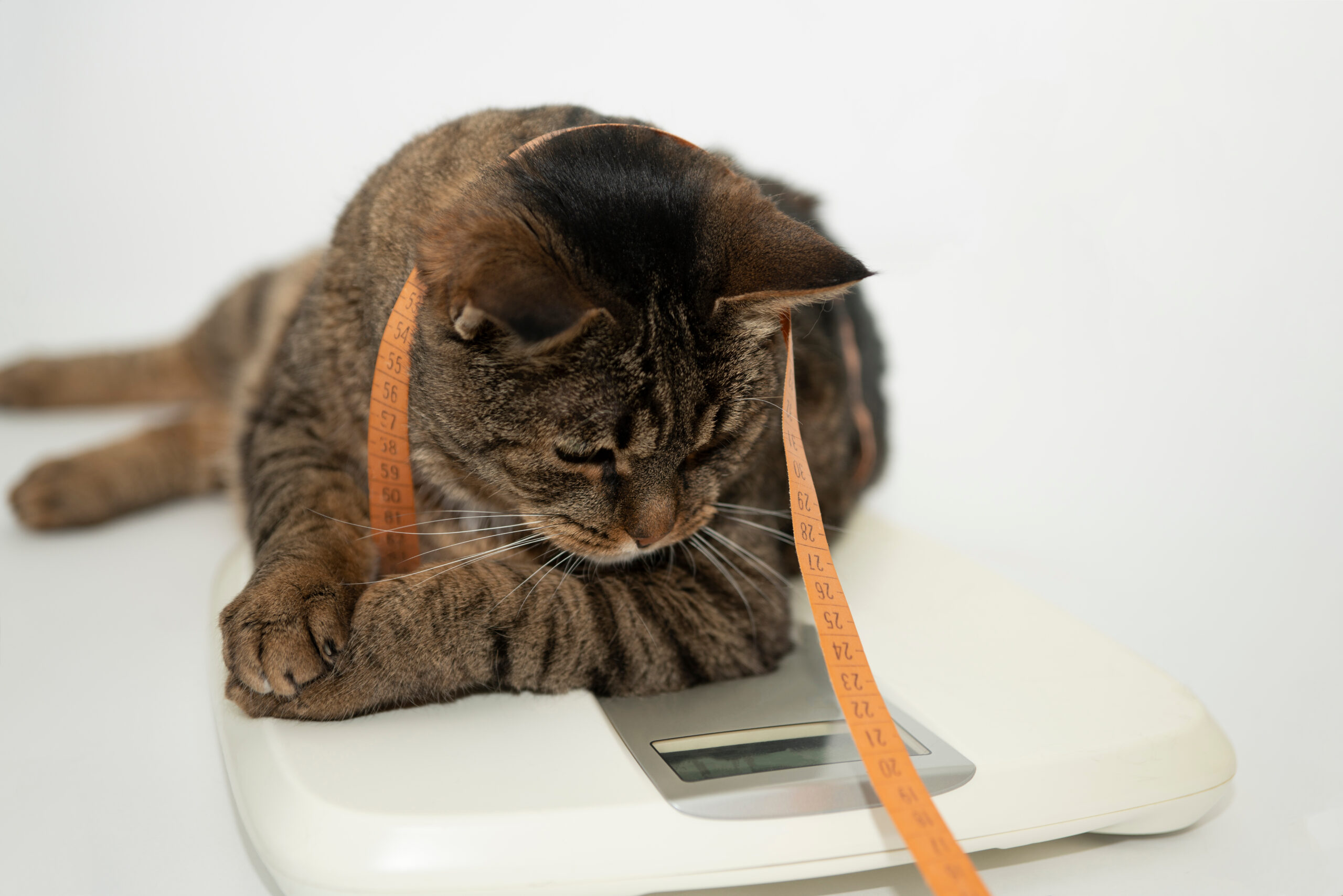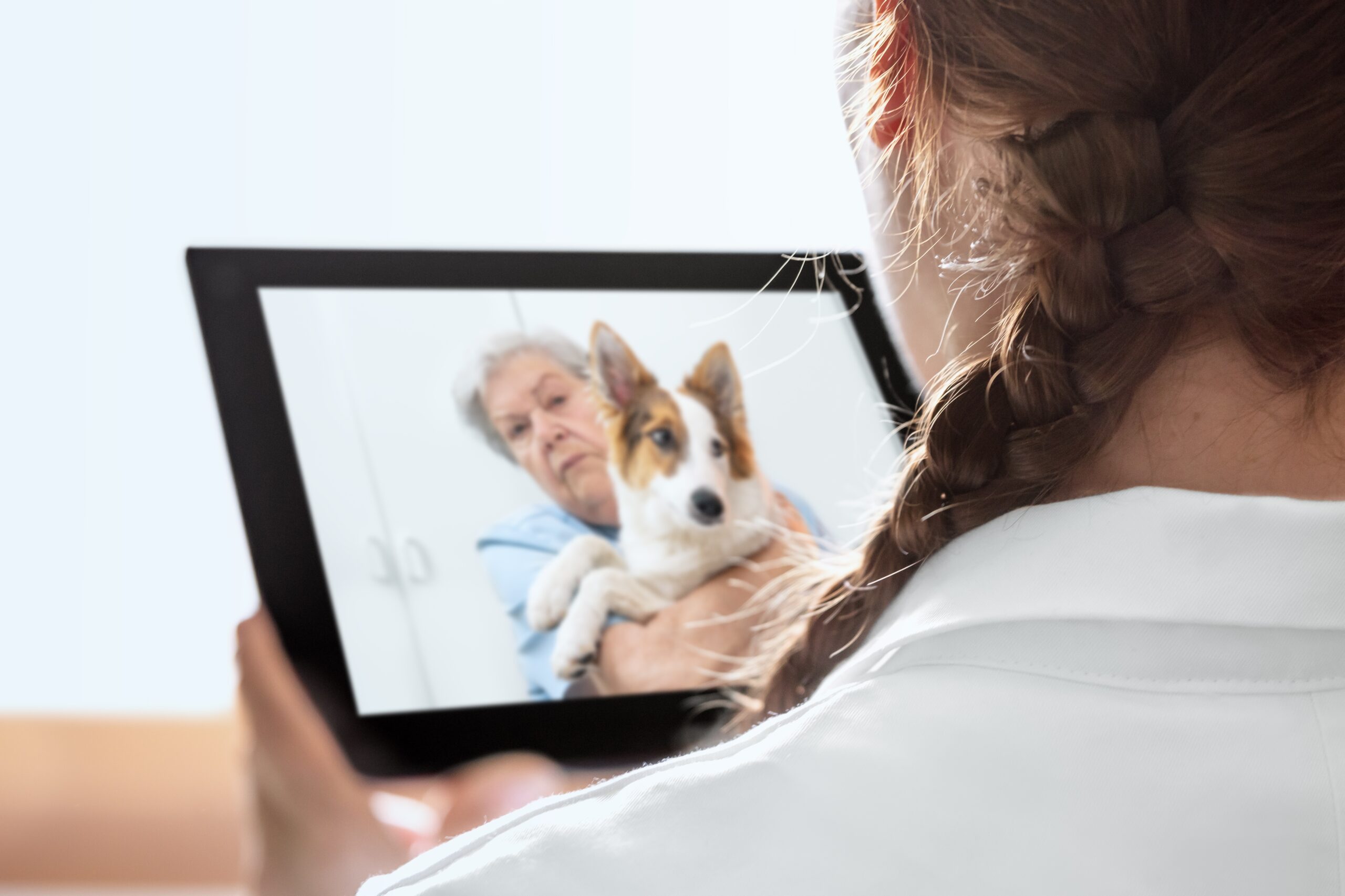Transporting Your Cat in an Emergency
We all hope that we will never need to see a vet in an emergency. However, it is important to have a plan for transporting your cat in place should the need arise. Always have the contact details for your vet saved to your phone; this planning will make the process more efficient and less stressful for you and your cat.
Remaining Calm
If an emergency happens, you must contact your vet immediately. This will allow your vet time to prepare for your pet’s arrival. They can take your details and provide any first aid instructions over the phone if required.
You have probably noticed that your cat picks up on your emotions when you are sad, stressed and happy. This will continue to happen during an emergency. Therefore, it is very important to remain as calm as possible and talk to your cat in a relaxed tone of voice to help comfort them in a potentially frightening situation.
Some cats will pick up on your stress and become anxious themselves. This is especially true if their routine changes or if the person interacts with them differently.
Transporting your cat
An emergency can happen anywhere and at any time; you may not have access to a vehicle. Even if you would normally have access to your own vehicle, you should always have a backup plan in place. Your car could be in a garage or with another member of the family.
Keep a list of friends and family members that may be able to help. Some veterinary practices will have their own ambulance to help with transportation. Additionally, there may be local taxi firms, animal charities, and private pet ambulance services that offer transportation for pets. So, it is a good idea to research these before an emergency event occurs.
Legally your cat must always be secured during transportation, either in a crate or carrier with a seat belt. This will stop your cat from moving around the car, minimising the risk of injury to you or themselves. You may be driving the car while distracted and anxious, increasing the risk of an accident occurring. If you then have to stop quickly, a pet that is loose in the car could injure itself or you.
Moving Your Pet
Your cat may act out of character if they are unwell, scared, or in pain: they cannot verbally tell us what is wrong, and may scratch or bite. Points of pain or discomfort should be kept away from the handler’s body as the animal is carried. This reduces the risk of causing further discomfort. Your safety must also be considered when trying to move and transport your cat. Points of pain would include anywhere there could be a potential injury or wound.
You should visually assess your cat before attempting to move them. Gently lift your cat by holding their chest and back end in your hands. Try to support their body while avoiding too much movement, especially to the head, neck, and spine. You can also cautiously slide or place them onto a thick blanket. Then proceed to lift them gently using the corners of the blanket to transfer them into a carrier.
You should always use a crate or pet carrier when transporting your cat. If possible, remove the top part of the carrier and gently place your cat inside before putting the lid back on. Use caution when lifting them into the carrier in case they have any injuries. Once the cat is safely inside, move them carefully to the car without having to touch their body. Make sure the crate or carrier is secure to prevent it from moving during transportation. Remember, rough handling may cause further internal bleeding, more damage to the soft tissues around a fracture, and many other complications.
Getting to the Vet
The journey to your vet practice must be taken carefully. You will likely be anxious and not focusing fully. If you have someone who can do the driving or come with you for support, it could help make transporting your cat safer. This will allow you to monitor your cat while travelling.
Assess if your cat feels cold or hot to the touch and adjust the heating system in the car accordingly. Depending on the type of emergency, your cat’s body temperature may be affected. Indeed, a high or low body temperature is a common symptom of serious injuries and conditions.
When you arrive at the veterinary practice, try to park as close as possible to the nearest entrance. It is a good idea to call from the car and remain with your pet if possible. If someone has accompanied you, ask them to inform the vets of your arrival.





